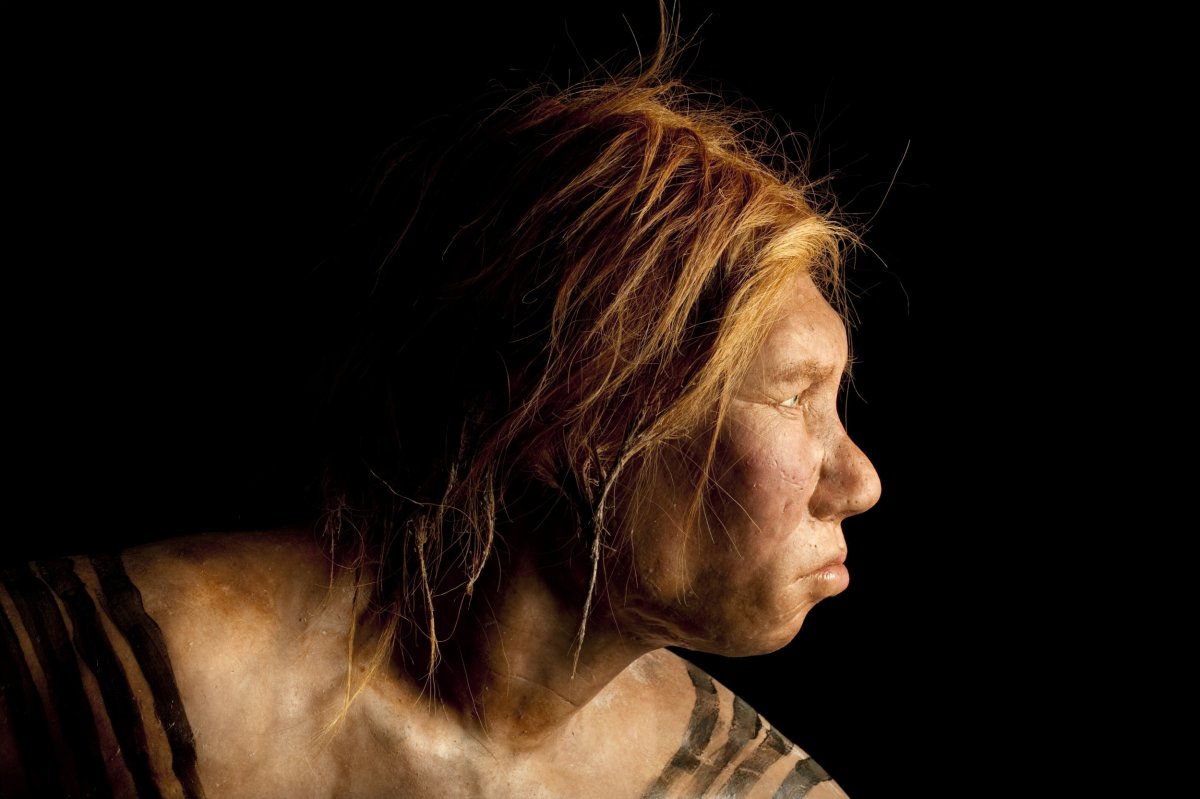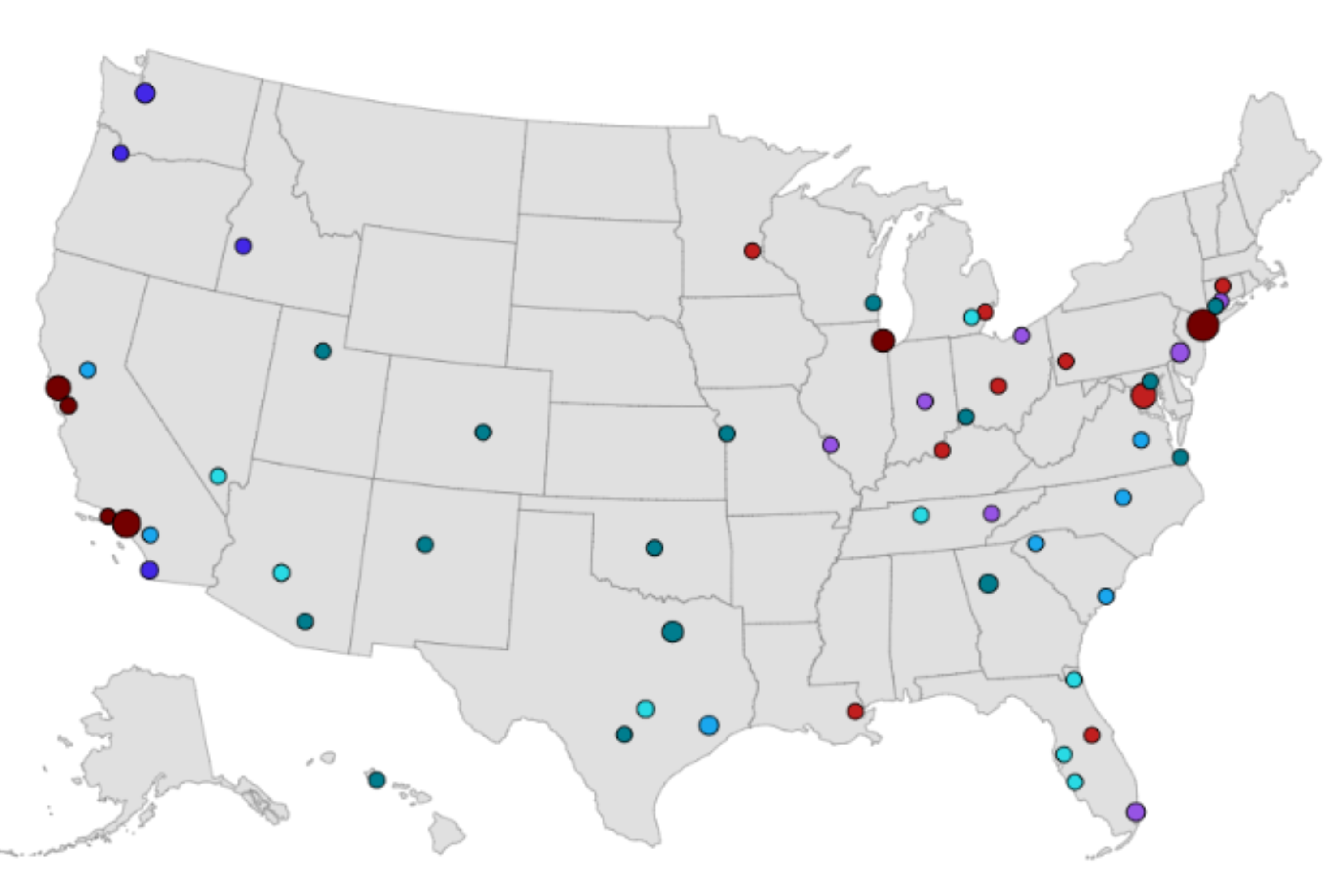There is seemingly more to Neanderthals than the hunting, stocky, grunting brutes of our imaginations.
Researchers at the Museum of Archaeology and Paleontology for the Community of Madrid, Spain, have recently uncovered what looks to be a decorative assemblage of enormous animal skulls in a Neanderthal cave—which appear to have been collected with symbolic intent.
Neanderthals are an ancient hominin species that are believed to have lived from around 200,000 years ago to 40,000 years ago.
The cave in this study, called the Cueva Des-Cubierta, is located to the north of the Madrid Region in Spain, and is believed to have been sporadically used by Neanderthals as a place for ritual activities, perhaps as a burial ground.

Since its discovery in 2009, an array of tools and bone fragments have been recovered from the site. In the main gallery of the cave, the researchers found the remains of a human-like child.
"The infant human remains found belong, without a doubt, to a Neanderthal," Enrique Baquedano, the museum's director, told Newsweek.
The third level of the site is scattered with animal bones, with a high concentration of skull fragments from large herbivores.
"There have been discoveries up to 35 crania of large herbivores, which were arranged in an area where the cave enlarges," Baquedano said. "The dates of the level three, where the remains have been found, are around 42,000 years old."
The majority of these skulls belonged to bison and aurochs—the extinct relatives of the modern-day cow. The assemblage also includes five male deer skulls and two rhinoceroses.
"The discovery of big crania of extinct rhinoceros and bison was a source of great satisfaction," Baquedano said. "I named the first of the rhinoceroses Rosendo in homage to a great Spanish rock musician."
To see so many large animal skulls in a cave like this is fairly unusual. Modern-day hunter-gatherer groups tend to discard the heavy heads of large animals outside of their camp as they are less useful as a source of food.
The fact that the Des-Cubierta cave contains a disproportionate number of these large skulls suggests that they have been brought there deliberately, and not purely for their nutritional value.

All of these skulls belonged to species with some form of distinctive appendage, such as large horns or antlers, and showed signs of human modification, in the form of tool impressions and burn marks.
Together, this evidence suggests that the skulls might have been hunting trophies. Their accumulation in a small area also supports this theory, and indicates that they may have been collected together in some sort of hunting shrine.
Baquedano said signs of symbolic behavior had been found before on Neanderthal sites, notably a collection of sheep and goat skulls at a cave in Italy and two mysterious stone circles made from stalagmites at a cave in France.
However, he said "there is no site like this one."
The skulls can be found throughout the six-foot width of this section of the cave, suggesting that the site's occupants had repeatedly performed this ritual over a long period of time, passing the behavior down through generations.
The discovery has been published in a paper, published in the journal Nature Human Behavior. With further study, the team hopes to learn more about the distribution of these remains, and determine whether the buried child bears any relation to the hunting shrine.
Do you have a tip on a science story that Newsweek should be covering? Do you have a question about Neanderthals? Let us know via science@newsweek.com.
References
Baquedano et al., A symbolic Neanderthal accumulation of large herbivore crania, Nat. Hum. Behav., 26 January 2023, DOI: 10.1038/s41562-022-01503-7
Uncommon Knowledge
Newsweek is committed to challenging conventional wisdom and finding connections in the search for common ground.
Newsweek is committed to challenging conventional wisdom and finding connections in the search for common ground.
About the writer
Pandora Dewan is a Senior Science Reporter at Newsweek based in London, UK. Her focus is reporting on science, health ... Read more
To read how Newsweek uses AI as a newsroom tool, Click here.








